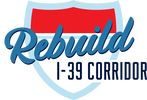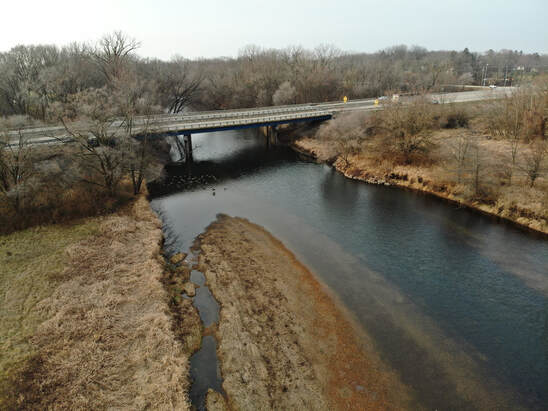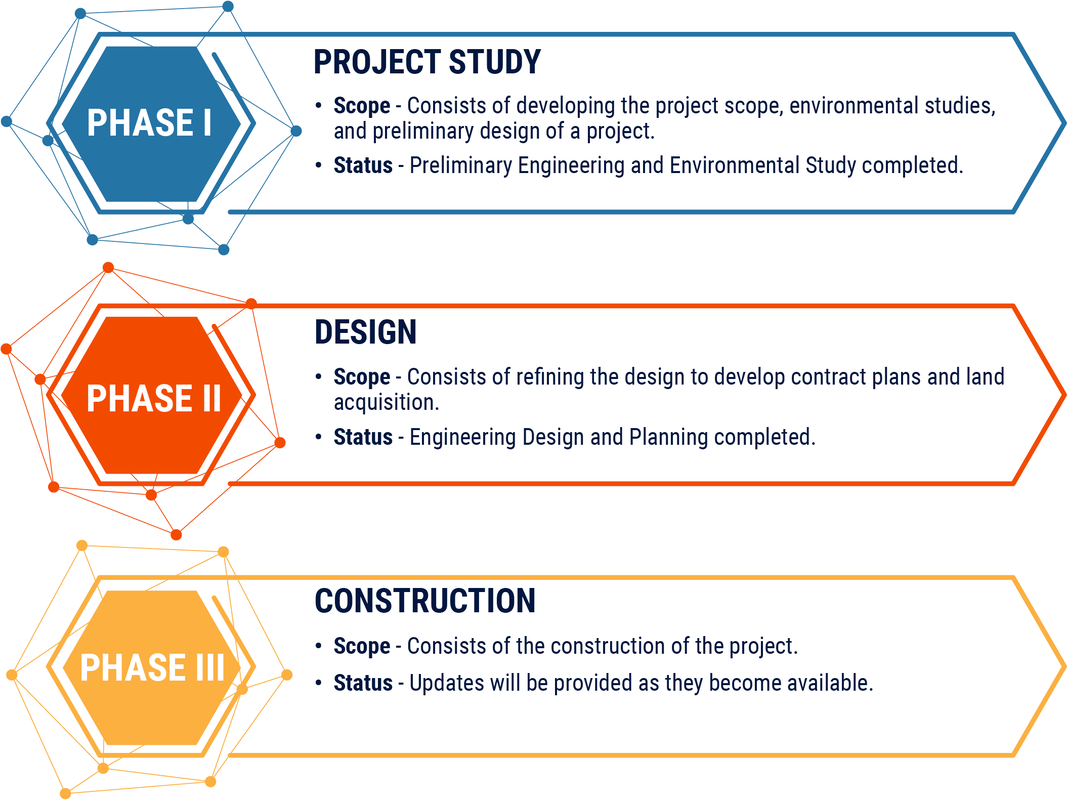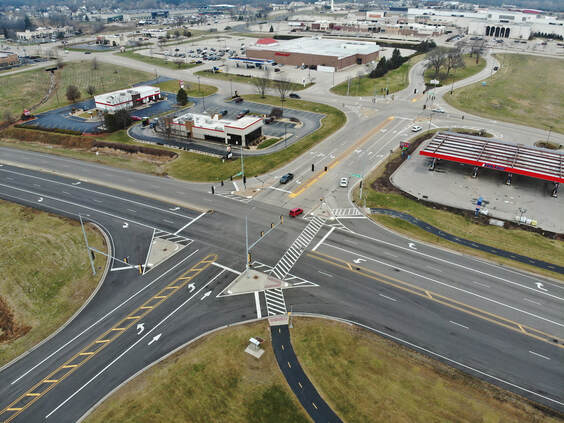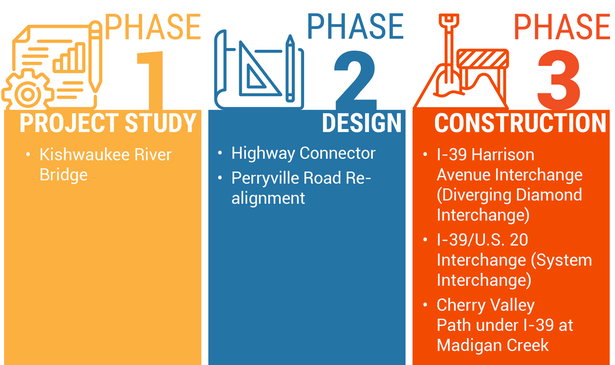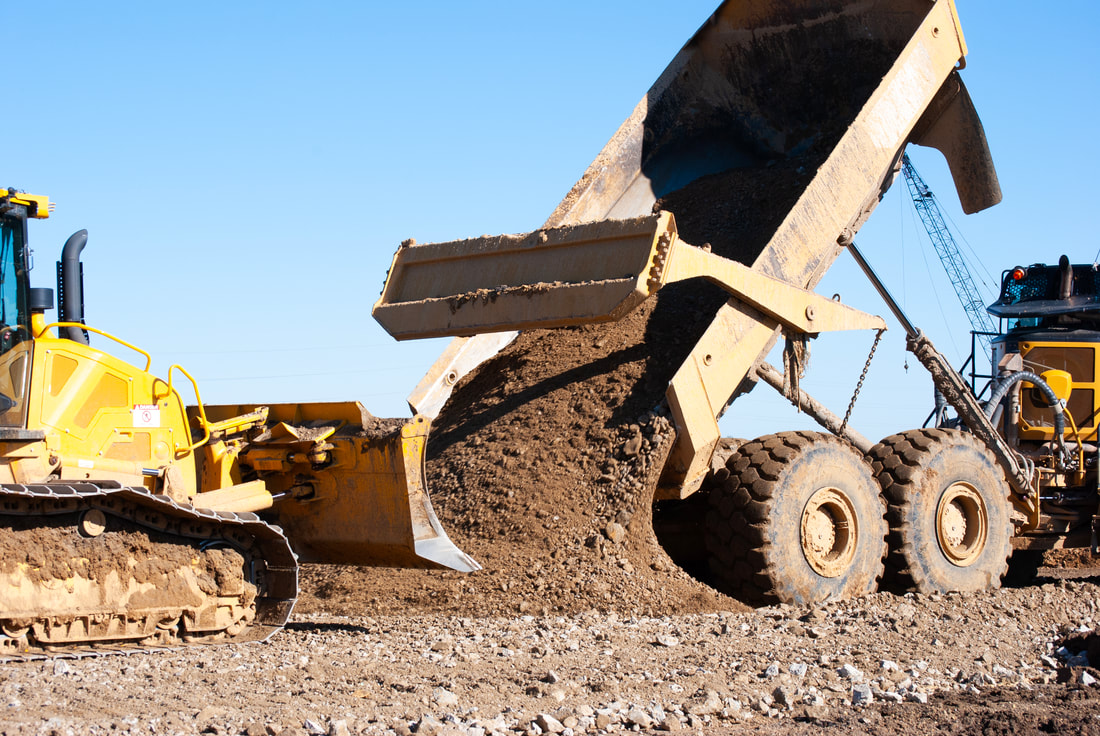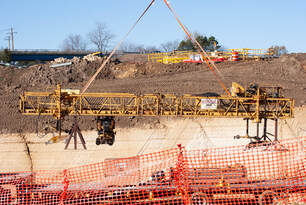Project Purpose
|
I-39/U.S. 20 was constructed in the early 1960s, with the I-39/U.S. 20 interchange (system interchange) constructed in 1980 and the I-39/U.S. 20/Harrison Avenue interchange in 1963. The existing pavement varies throughout the project corridor, with some overlays and repairs taking place on numerous sections throughout the years.
Phase I included capacity analyses, crash studies, condition assessments, and future traffic projections for the study area. Results of these studies determined the need for redesign and reconstruction of the corridor and associated interchanges, including connecting roadways, structures, and noise walls. The purpose of the proposed improvements to I-39 is to:
|
Kishwaukee Bridge
|
Study Phases
IDOT projects typically have three distinct phases.
Phase I: Project Study (Completed)The Phase I Design and Planning Study of the I-39 corridor was completed in 2019. The study included historic analyses of the roadways, capacity studies, crash studies, safety analysis, existing conditions assessment, alignment analysis, land use, and an evaluation of environmental resources and concerns on the possible effects of reconstruction on the surrounding environment. The study concluded that reconstruction of the corridor was necessary due to safety and capacity issues, as well as current and future projected conditions.
The reconstruction of I-39 will:
|
Phase II: Design
IDOT and the design consultant are currently preparing plans, specifications, and estimates for construction. Since Phase I was completed, revisions to the final design due to further analysis include the following:
- Perryville Road Realignment
Phase I design called for the new bridge to be built adjacent to the existing bridge using a curved roadway. Phase II redesign now has the new bridge to be reconstructed at the same location as the existing bridge using straight roadway. Mulford Road will be used as a detour during construction. - Mulford Road Alignment
Phase I design called for the new bridge to be built next to the existing bridge using curved roadway. Phase II redesign now has the new bridge to be reconstructed at the same location as the existing bridge using straight roadway. Perryville Road will be used as a detour during construction. - I-39 Alignment Shift
Phase I design reduced distance from traffic to the east right-of-way with added lanes. The Phase II redesign has been revised to hold the east edge of the pavement for the alignment. - New Noise Walls
During Phase II, the consultant team conducted a noise reevaluation to reflect the updated Noise Policy. The proposed re-evaluation has identified the potential inclusion of two new noise walls, segments along I-39. - Kishwaukee River Bridge
During Phase II, replacement of the U.S. 20 bridges over Kishwaukee River was determined necessary. - Cherry Valley Path
Phase II design warrants the temporary rerouting of the Cherry Valley Path during construction.
Phase III: Construction
The proposed improvements are constructed, operated and maintained.
